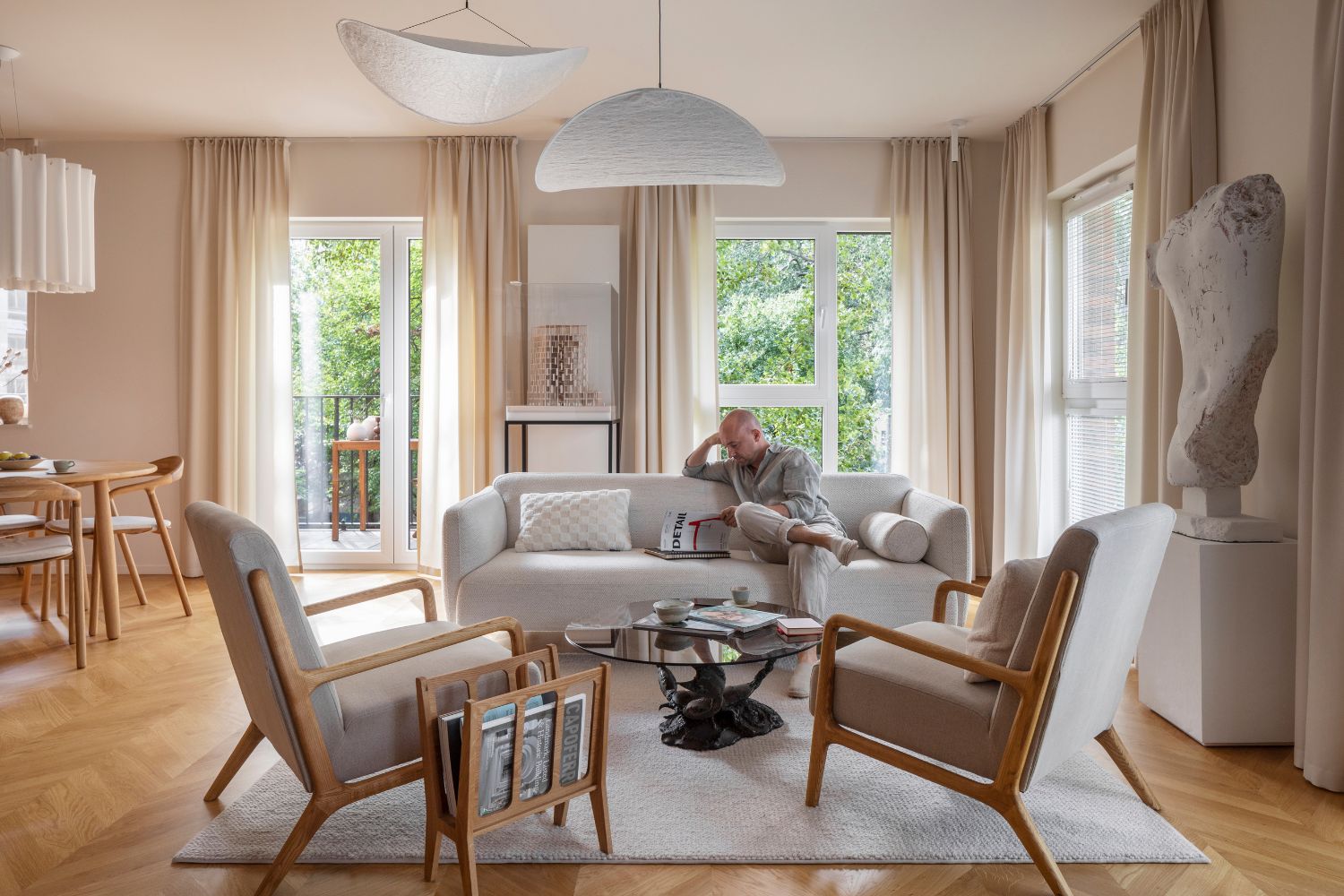- Home
- Articles
- Architectural Portfolio
- Architectral Presentation
- Inspirational Stories
- Architecture News
- Visualization
- BIM Industry
- Facade Design
- Parametric Design
- Career
- Landscape Architecture
- Construction
- Artificial Intelligence
- Sketching
- Design Softwares
- Diagrams
- Writing
- Architectural Tips
- Sustainability
- Courses
- Concept
- Technology
- History & Heritage
- Future of Architecture
- Guides & How-To
- Art & Culture
- Projects
- Interior Design
- Competitions
- Jobs
- Store
- Tools
- More
- Home
- Articles
- Architectural Portfolio
- Architectral Presentation
- Inspirational Stories
- Architecture News
- Visualization
- BIM Industry
- Facade Design
- Parametric Design
- Career
- Landscape Architecture
- Construction
- Artificial Intelligence
- Sketching
- Design Softwares
- Diagrams
- Writing
- Architectural Tips
- Sustainability
- Courses
- Concept
- Technology
- History & Heritage
- Future of Architecture
- Guides & How-To
- Art & Culture
- Projects
- Interior Design
- Competitions
- Jobs
- Store
- Tools
- More
Inspiring Interior Design Ideas for Children’s Rooms: Creative & Functional Spaces
Discover imaginative and functional interior design inspirations for childrens rooms, blending creativity with practicality. Explore vibrant color schemes, playful themes, smart storage solutions, and age-appropriate safety features. From "Under the Sea" adventures to educational elements, this article guides you in crafting personalized, cozy, and organized spaces.

Designing a child’s room is a delightful journey where creativity meets functionality. It’s a space that should inspire imagination, encourage play, and provide a cozy retreat for our little ones. With countless design possibilities, we’re often faced with the challenge of balancing aesthetics with practicality. How do we create a room that’s both magical and functional?
In this article, we’ll explore some of the most inspiring interior design ideas for children’s rooms. From vibrant color palettes to clever storage solutions, we’ll uncover strategies that transform ordinary spaces into extraordinary havens. Whether you’re starting from scratch or looking to refresh an existing room, these ideas will guide us in crafting spaces that grow with our children. Let’s dive into the world of whimsical designs and practical tips to create a room that sparks joy and nurtures creativity.

Table of Contents
ToggleUnderstanding Children’s Needs
We believe children’s rooms should cater to their unique requirements at every stage of development. Age-appropriate design is crucial; toddlers benefit from safety features, while older children value personal space. Flexibility in furniture can accommodate growth and changing interests.
Safety is essential for younger children. Rounded furniture edges and secure shelving prevent accidents. Non-toxic materials safeguard health, ensuring a safe environment for play and rest.
Personalization becomes important as children grow. Incorporating favorite themes or colors allows self-expression and fosters a sense of ownership. This can be achieved through wall decals, bedding, or artwork.
Educational elements stimulate learning. Install bookshelves to encourage reading and use interactive decorations, like world maps or alphabet posters, to support cognitive development.
Practical storage solutions enhance organization. Use bins and labeled boxes to make toys and books accessible, keeping the room tidy. Efficient storage maximizes space, promoting a clutter-free environment ideal for play and relaxation.
Creative Themes and Concepts
Exploring creative themes in children’s rooms offers a unique opportunity. Using imaginative concepts like “Under the Sea” with aquatic elements or outer space with stars and planets captures children’s curiosity. These themes transform ordinary spaces into magical environments.
Animal adventures bring nature indoors. Jungle themes with leafy decorations and stuffed animals appeal to young explorers. Incorporating murals or wall decals enhances the immersive experience.
Fairy tales introduce whimsy. Using castles, unicorns, or enchanted forests, we create a world full of fantasy and wonder. Furniture and decor echoing storybook images can add layers to the narrative.
Educational themes integrate learning. Alphabet, world maps, or science-focused designs spark curiosity and knowledge. Incorporating these elements into play areas combines fun with education seamlessly.
Gender-neutral concepts open possibilities. Using broad themes like “Adventure” or color palettes focusing on greens and yellows, we create inclusive and welcoming spaces. Personal touches incorporate individuality within these frameworks.

Functional and Stylish Furniture
Balancing utility with aesthetics in children’s room furniture enhances both usability and visual appeal. Thoughtfully chosen pieces can maximize play space while remaining practical.
Multi-Use Furniture Ideas
Furniture serving more than one purpose saves space and adds versatility. A loft bed with a desk underneath utilizes vertical space, giving children a sleeping area while providing a study nook. Ottomans with built-in storage keep toys hidden yet accessible. Additionally, convertible cribs can transition into toddler beds, adapting as your child grows. These solutions allow a seamless blend of function and style.
Space-Saving Solutions
Efficient use of space promotes an organized environment in children’s rooms. Wall-mounted shelves free up floor space while displaying books and cherished items. Bunk beds with built-in drawers minimize clutter and offer extra storage. Foldable desks accommodate work or play without occupying permanent space. By integrating these solutions, we create a spacious and tidy room that’s both stylish and functional.

Color Schemes and Patterns
Selecting the right color schemes and patterns transforms a child’s room into a vibrant and inviting space. By mixing bold colors with calming tones, we create an environment that sparks creativity and promotes relaxation.
Bold and Bright Choices
Bold and bright colors bring energy and excitement to a child’s room. Vibrant colors like red, yellow, and blue can be used on feature walls or in textiles such as curtains and rugs. Incorporating patterned wallpapers with geometric shapes or polka dots adds a playful touch. In spaces where activity and play are central, these colors enhance enthusiasm and creativity.
Pastel and Calming Tones
Pastel colors create a soothing and calming atmosphere in a child’s room. Soft hues like mint green, lavender, and baby blue offer tranquility and are ideal for bedrooms where relaxation is key. Patterns like gentle stripes or subtle floral prints on bedding and walls cultivate a serene environment. These tones help children unwind while still providing a space that encourages imaginative thinking.
Incorporating Educational Elements
Integrating educational elements into children’s room designs blends learning with everyday life. We can create spaces that stimulate curiosity and cognitive growth.
Learning through Design
Design choices can subtly encourage learning. Incorporating elements like alphabet wall art, number decals, and world map murals introduces foundational concepts. Adding shelves for books not only organizes but also promotes a habit of reading. Interactive wallpapers, featuring themes from nature or science, provide a backdrop for storytelling and exploration. These designs foster learning by creating an environment filled with knowledge-enhancing details.
Interactive Spaces
Interactive spaces actively engage children, supporting hands-on learning. Installing chalkboard walls or whiteboards allows kids to express themselves and practice writing or drawing. Displaying magnetic panels or pegboards can facilitate creative play and learning through arranging letters, numbers, or puzzle pieces. Sensory tables encourage exploration of textures and materials, nurturing tactile learning. We enhance a room’s educational value by integrating elements that invite interaction and engagement.

Personalized Touches and Accessories
Adding unique accessories creates a sense of ownership. Personalized name plaques, for instance, instill pride and make the space feel distinctly theirs. Custom wall art, featuring favorite characters or themes, transforms plain areas into captivating displays.
Incorporating a child’s interests into decor brings joy. Sports-themed bedding, for example, fuels their passion. Artistic pieces, like framed drawings or craft boards, showcase creativity and add a personal flair.
Accessorize with functional items that encourage engagement. Cozy rugs, shaped like animals, offer comfortable play areas. Decorative storage bins provide organization while complementing the room’s theme.
Lighting enhances both ambiance and functionality. Nightlights in whimsical shapes add comfort. Custom lampshades, depicting beloved motifs, ensure coherence and uniqueness in design.
By integrating these personalized touches, we transform children’s rooms into personalized retreats that reflect their personalities and interests.
Conclusion
Creating inspiring children’s rooms requires a delicate balance of creativity, functionality, and safety. We transform spaces with vibrant color schemes, imaginative themes, and personalized touches to foster an environment where children thrive. Our focus on age-appropriate design ensures each room meets the developmental needs of children, from secure settings for toddlers to personal sanctuaries for older kids.
By incorporating multi-functional furniture, smart storage solutions, and educational elements, we optimize spaces for learning and play. Calming pastel colors and engaging patterns contribute to a harmonious atmosphere that supports well-being and creativity. Personalized accessories and thoughtful lighting choices enhance the room’s uniqueness, creating a joyful and organized space for children to explore.
Our approach considers every detail, ensuring children’s rooms reflect their personalities and encourage personal expression. Through our design principles, we craft rooms that serve as cozy retreats and imaginative playgrounds, offering children the perfect space to grow, learn, and dream.
- boys room interior design
- child bedroom design ideas
- children's room design
- colorful kids bedroom
- creative kids room ideas
- creative storage solutions for kids
- educational playroom
- functional children’s room
- girls room decor ideas
- interior design for kids
- kids room inspiration
- modern kids room design
- nursery room ideas
- personalized kids room
- playroom design ideas
- shared kids room ideas
- space-saving kids room
- stylish kid's room decor
- themed children's room
- toddler room decor
Submit your architectural projects
Follow these steps for submission your project. Submission FormLatest Posts
Sofa Trends in 2026: Comfort, Organic Forms, and Human-Centered Design
Sofa design in 2026 focuses on comfort, organic forms, tactile materials, and...
Modern American Homes: Interior Design Trends to Watch in 2026
Interior design in the United States is evolving toward warmer, more adaptable,...
BXB Studio’s Hybrid Interior: Redefining the Modern Architectural Workplace
The Warsaw headquarters of BXB Studio was established in a modest 70...
5 Must-Know Interior Design Trends in American Homes
From warm minimalism to bold oversized artwork, these five interior design trends...












Leave a comment